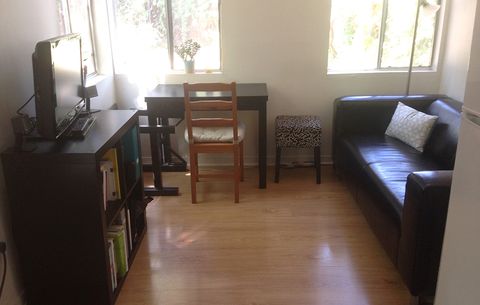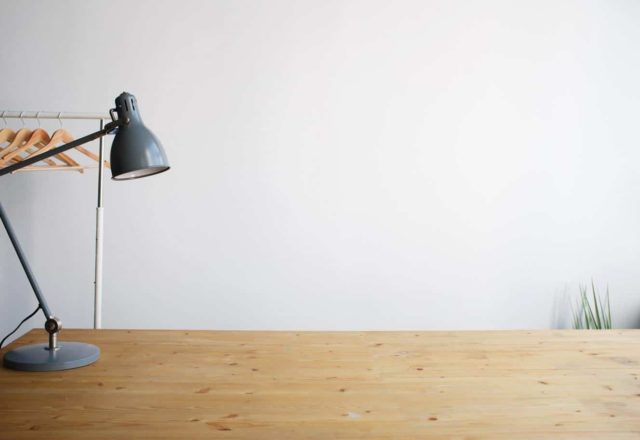
The rampant consumption on which a part of the world population has been riding for years could be reaching the limit. At least that’s the way projected by the trend specialist James Wallman, who assures that materialism could lose ground because consumers begin to choose experiences about objects.
In his book “Stuffocation”, Wallman identifies the “minimalists” as those who are increasingly dissatisfied with consuming and begin to reduce their purchases and the number of objects they accumulate. The expert does not point to a drastic change, from one day to the next, but to a gradual one, in which we give up owning more than we need.
According to his reasoning about minimalism, in the decision to consume less, ecological, political, economic and social arguments are involved. Not only are the planet’s resources on the verge of its possibilities, but social-economic crises are happening and to which accumulation no longer guarantees happiness.
Wallman is not alone in his speech. Graham Hill is the author of a blog about the advantages of “editing” daily life, of having less and being happier: “There is a better way of living, in which less is more. I bet some of us have felt the joy of frugality at different times, and perhaps this has given us more freedom and a little more time,” he says in a TED presentation.
Marie Kondo is a consultant and advises those who have difficulties to accommodate all their objects. She maintains that order depends on personal values and on how you want to live. For Kondo, it all starts with elimination. She is a militant of minimalism
Today’s consumption is tomorrow’s waste

The expert in consumer ownership Patrizia Martello states that there is less talk of consumers and more people; these are no longer the last link in the chain and now have a more active and selective role.
They demand more values, such as transparency (company ethics), sustainability (economic, ecological and personal), and personalization (tailor-made, unique piece) and they try to act coherently with what they ask for. “People begin to prioritize the durable, not the use and throw,” she describes.
Martin Tetaz, a specialist in behavioral economics and author of “What Money Cannot Buy”, has spent years arguing that money “moves the needle of happiness very little compared to other factors, such as social life”.
He points out that the level of consumption has a lot to do with social hierarchies and with comparisons, but he warns that this scheme always works when luxuries or objects are not overcrowded because then they begin to lose importance.
“The pleasure of consuming is instantaneous, instead of the experiences last and that is impacting people’s choices,” he concludes.
The Konmari method
This method aims to order based on throwing away what is not used and keeping only with what is essential and satisfying. Once the decision to order has been made, it must be started and completed.
It advises to order things by category and not by spaces. In other words, do not go from room to room, but go through the whole house, look for everything in the same category and gather it.
Begin first with clothes, then books and papers, continue with various objects and end with everything that has sentimental value. When choosing what stays, the criterion to follow is what level of happiness it produces. Minimalism calls us to simplify consumption, but also the activities in which we engage; you have to limit what you buy and what you do. We must select those things and activities that have the most positive impact on our life.

